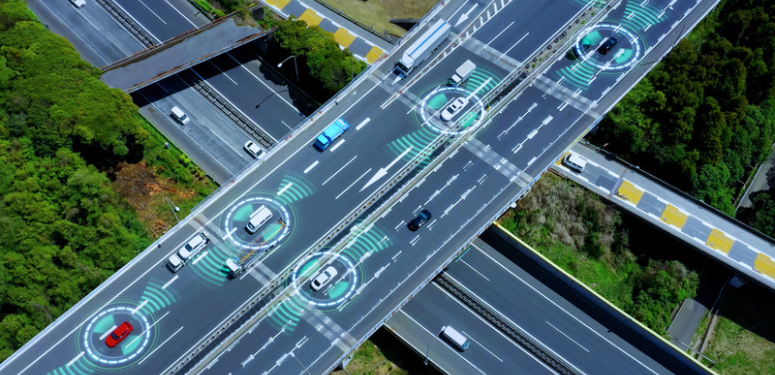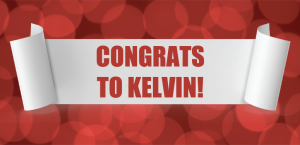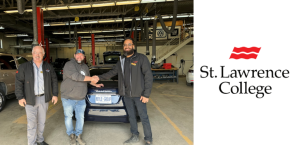By Darryl Simmons
The advancement and concept of self-calibrating vehicles represents a significant leap forward in automotive technology, with implications that could dramatically streamline and transform the collision repair process. Self-calibrating vehicles could have the potential to incorporate sophisticated systems capable of adjusting and calibrating their own sensors and mechanisms without the need for external intervention. This innovation could potentially reduce the need for certain specialized repair services, simplifying the post-collision recovery process. It’s not here yet, but with AI moving at lightning speed, there is the possibility.
How Self-Calibrating Vehicle Technology Works
Self-calibrating technology relies on advanced algorithms and sensors integrated throughout the vehicle. These systems are being designed to detect when a calibration is needed—such as after a collision or repair—and automatically adjust components to the manufacturer’s specifications. This might include calibrating ADAS features, such as lane departure warnings, adaptive cruise control, and automatic emergency braking systems, as well as other critical systems like steering and suspension alignments.
Implications for the Collision Repair Industry
The adoption of self-calibrating vehicles could lead to several significant changes in the collision repair industry:
Reduced Need for Specialized Calibration Services: If vehicles can calibrate their own systems, the demand for post-repair calibration services could decrease. This would change the nature of the skills and equipment required in repair shops, potentially shifting the focus towards mechanical repairs and bodywork.
Increased Efficiency: Self-calibrating systems could significantly reduce repair times, as vehicles would no longer need to wait for specific calibration appointments. This efficiency could lead to faster turnaround times for repairs, improving customer satisfaction.
Enhanced Accuracy: Self-calibration ensures that vehicle systems are adjusted precisely to OEM specifications, potentially increasing the accuracy of repairs and reducing the likelihood of errors associated with manual calibrations.
OEM Control and Data: With vehicles capable of self-calibrating, OEMs would have greater control over the repair process, ensuring that vehicles are repaired within their strict parameters. This could also provide OEMs with valuable data on the performance and reliability of their calibration systems
Challenges and Considerations
While the prospect of self-calibrating vehicles offers many advantages, there are challenges and considerations that need to be addressed:
Complexity and Cost: The technology behind self-calibrating systems is complex and could increase the initial cost of vehicles. Additionally, should these systems require repairs themselves, the complexity could necessitate specialized knowledge, possibly offsetting some of the efficiencies gained.
Standardization and Compatibility: As different manufacturers develop their own self-calibrating systems, issues of standardization and compatibility may arise, particularly when it comes to aftermarket parts and repairs not conducted by authorized dealers.
Security and Privacy: With vehicles constantly transmitting data for self-calibration and diagnostics, security and privacy concerns must be carefully managed to protect against unauthorized access and data breaches.
Future Outlook for Self-Calibrating Vehicles
The potential for self-calibrating vehicles to reduce the need for separate external calibration functions represents a significant shift in the automotive and collision repair industries. However, the transition will require adjustments from all stakeholders, including repair shops, technicians, insurance companies, and vehicle owners. As technology continues to evolve, ongoing training and adaptation will be crucial to harness the benefits of self-calibrating vehicles while addressing the associated challenges.












































































